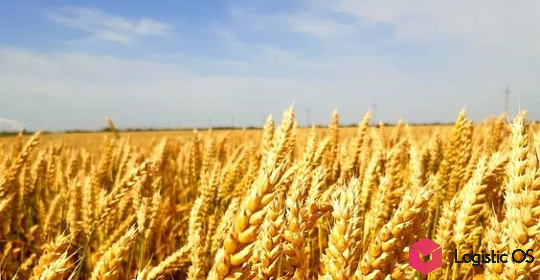According to the latest data, over the past year this type of product has almost halved in price, which can be considered a big problem for producers.
Analysts note that in August the price of raw rice was almost at the 2021 levels, falling to 24 rubles per kilogram.
Moreover, there is information that some companies were ready to sell rice last month even at lower prices, down to 16-18 rubles per kilogram.
Experts see the reason for this problem in the «overstocking» of the rice market, which is currently observed.
In particular, carryover stocks this year are an order of magnitude higher than last year and the year before. In recent years, the level of such stocks usually ranged from 5 thousand to 50 thousand tons. Now almost 200 thousand tons of rice are stored in warehouses.
At the same time, the producers’ warehouse capacity is far from endless, and products from the new harvest are already starting to arrive. Therefore, many companies simply had no choice but to give away their products for next to nothing in order to free up warehouses.
At the same time, rice producers expect a worse harvest this season than in previous seasons.
The reason is the cold snap in June, which had a negative impact on plant growth and increased the ripening period by about 10 days.
In addition, farmers are confident that if the weather worsens during the harvest period, if the autumn turns out to be rainy, then an additional reduction in the harvest cannot be avoided.
However, in the conditions of excess carryover stocks, a record harvest could have brought more problems than benefits to producers, some experts note.
At the same time, the current situation with risk prices and the balance of supply and demand is quite threatening for the implementation of large-scale government plans.
The Ministry of Agriculture has set the task of increasing the gross rice harvest in the country to 2 million tons in the coming years.
However, achieving this goal is meaningless if companies do not have a clear algorithm for selling their products at a high price and making a profit.
One of the main obstacles that hinders rice growers today is the ban on the export of raw rice. Analysts note that lifting this restriction would «unload» the Russian market and allow producers to increase their margins.
In turn, this would also lead to an increase in their motivation to sow new areas with this crop. Since domestic consumption of rice in the Russian Federation is almost not growing, free export is the most important condition for increasing production, experts note.

